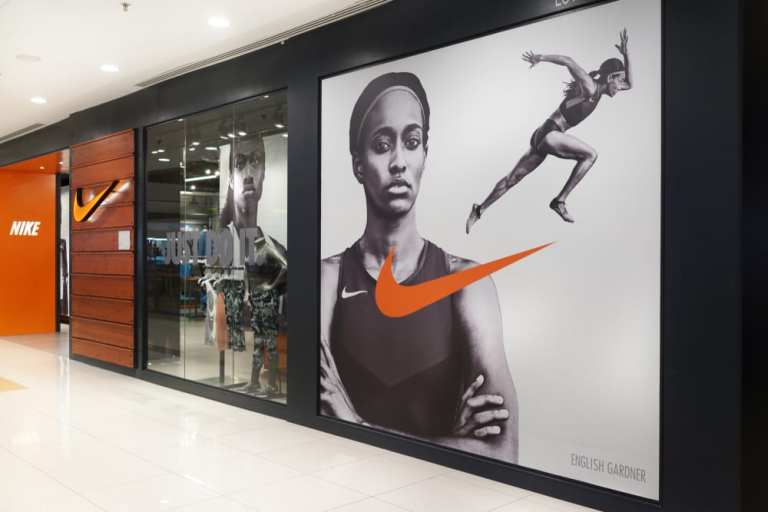
To say that the eCommerce world is vastly different than it was a year ago when Nike announced plans to pull its sneakers off of Amazon would be an understatement. Thanks to a surge in digitalization brought on by the global pandemic, more and more companies are looking to follow in Nike’s footsteps and go it alone through direct-to-consumer (D2C) sales.
“The Amazons and the Etsys and the eBays have built marketplaces that enable small businesses and even large ones to sell direct to customers, but we’re now seeing a change in that behavior,” Amit Shah, chief strategy officer and U.S. general manager at commerce marketplace and order management system platform VTEX, recently told PYMNTS.
For instance, Shah said that a post-COVID disruption of online marketplaces has fueled more than 200 percent growth this year for VTEX’s direct-to-consumer business with retailers and brands. The firm powers more than 3,000 online storefronts for global brands like Sony, Walmart, Coca-Cola and Nestle, and recently raised $225 million in a Series D funding round that valued VTEX at $1.7 billion.
Shah predicts that the trend of helping more and more companies build their own platforms will only continue. “We enable some of those companies to build a marketplace that’s their own, where they can sell their products but also complementary products to give that end customer more choice and more convenience,” he said.
D2C Means More Than Just Having a Pretty Website
However, Shah said that retailers and brands looking to go D2C need a lot more than just a good website.
“More and more, we are seeing companies understand the importance of the total consumer experience and not just building a pretty website,” he said. “I think what every company needs is to establish [a direct] relationship with their customer. … The best form of marketing is the customer service you deliver.”
Shah said that holds true even for companies that continue to work with the large, established marketplaces. Even if an order comes through Amazon or eBay, it’s still up to the business to make sure the purchase gets handled quickly and efficiently, delivered on time and as promised.
Sellers must also be ready to answer questions and address issues after the sale, as well as to stand behind their products.
The Pandemic Push
Shah admits that the pandemic has been good for VTEX and other companies that help others build their online businesses.
He said the outbreak has prompted countless merchants to either add online capability or upgrade what they already had in order to accommodate the eCommerce surge.
“We have customers whose offline stores have been shut down for three to six months, [but] their online sales have essentially matched all of the sales they were making offline,” Shah noted.
But while lots of business leaders have been “leaning on IT” and asking, “What’s taking so long?,” Shah said the VTEX business model is to help deliver revenue, not just sell software.
“The thing we’ve always focused on is this idea of ‘time to revenue,’” he said. “That’s the promise that we made to our customers – that we will get you live and generating revenue in three months or less.”
Shah said that’s become important as companies try to navigate today’s challenging economic environment.
The ‘REI Effect’
Shah said online sales are currently getting a boost from what he calls the “REI effect” – a decision by outdoor gear retailer REI’s decision a few years ago to keep its stores closed on Thanksgiving evening and Black Friday.
“This year, we’ve seen many more retailers follow that trend,” Shah said, adding that retailers deciding to keep their stores closed around Black Friday “all have great online markets to send their customers to.”
New Funds Will Allow for Greater Focus on EMEA and APAC
VTEX’s Series D funding round included SoftBank, Tiger Global, Lone Pine Capital, Constellation and Endeavour Catalyst, bringing the total funding raised to $365 million over the past 10 months.
Shah said the company will use the new money to continue focusing on customer needs – in particular, building up operations in less-developed markets that lack solid distribution networks, such as the EMEA and APAC regions.
He said VTEX wants to become the commerce expert in such regions, selling in the language of 50 additional countries in which VTEX want to do business. Shah said that to make that happen, the firm plans to invest in staff, offices and product development to make customer processes more efficient.